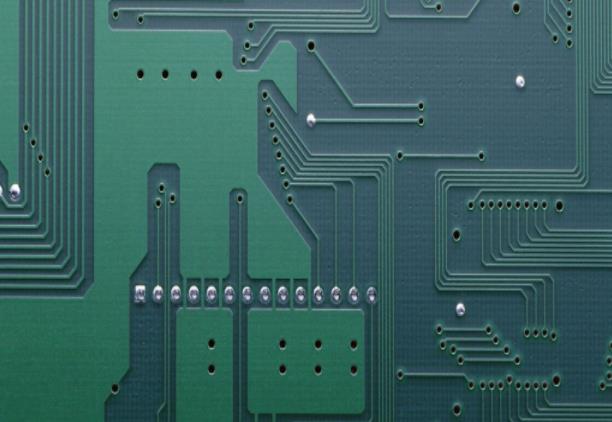How to Simple classification of PCB. PCB is classified into single-sided, double-sided, and multi-layer boards according to board application; according to material, there are flexible PCB boards (flexible boards), rigid PCB boards, rigid-flex PCB boards (rigid-flex boards), etc. PCB is the abbreviation of Printed Circuit Board. The Chinese name is printed circuit board, also known as printed circuit board, printed circuit board. It is an important electronic component, a support for electronic components, and a provider of electrical connections for electronic components. Because it is made by electronic printing, it is also called a printed circuit board. Simply put, a PCB is a thin board with integrated circuits and other electronic components.
1. PCB classification according to the number of circuit layers
Divided into single-sided, double-sided and multi-layer boards. Common multi-layer boards are generally 3-6 layers, and complex multi-layer boards can reach more than ten layers.
(1) Single panel
On the most basic printed circuit board, the parts are concentrated on one side, and the wires are concentrated on the other side. Because the wires only appear on one side, this type of printed circuit board is called a single-sided board. Because single-sided boards have many strict restrictions on the design of the circuit (because there is only one side, the wiring cannot cross and must be around a separate path), so early circuits used this type of circuit board.
(2) Double panel
This kind of circuit board has wiring on both sides. In order to connect the wires on both sides, there must be a proper circuit connection between the two sides. This kind of connection between the circuits is called a via. A via is a small hole filled or coated with metal on a printed circuit board, which can be connected with wires on both sides. Because the area of the double-sided board is twice as large as that of the single-sided board, and the wiring can be interleaved (it can be wound to the other side), the double-sided board can be used in more complicated circuits than the single-sided board.
(3) Multilayer PCB board
In order to increase the area that can be wired, multilayer boards use more single or double-sided wiring boards. The multi-layer board uses several double-sided boards, and a layer of insulating layer is placed between each board and then glued firmly. The number of layers of a circuit board means that there are several independent wiring layers. Usually the number of layers is an even number and contains the two outermost layers.

2. Divided according to the type of substrate
Flexible circuit boards, rigid circuit boards and rigid-flex boards.
(1) Flexible PCB board (flexible board)
The flexible board is a printed circuit board made of a flexible substrate. Its advantage is that it can be bent and facilitates the assembly of electrical components. FPC has been widely used in aerospace, military, mobile communications, laptop computers, computer peripherals, PDAs, digital cameras and other fields or products.
(2) Rigid PCB board
It is made of paper base (usually used for single-sided) or glass cloth base (usually used for double-sided and multilayer), pre-impregnated with phenolic or epoxy resin, and laminated with copper foil on one or both sides of the surface layer and then laminated and cured. This kind of PCB copper clad board, we call it a rigid board. Then made into PCB, we call it rigid PCB. A rigid board is a printed circuit board made of a rigid substrate that is not easy to bend and has a certain degree of toughness. Its advantage is that it can provide a certain support for the electronic components attached to it. .
(3) Rigid-flex PCB board (rigid-flex combined board)
Rigid-flex board refers to a printed circuit board that contains one or more rigid areas and flexible areas, which is composed of a rigid board and a flexible board laminated together. The advantage of the rigid-flex board is that it can not only provide the supporting effect of the rigid printed board, but also has the bending characteristics of the flexible board, which can meet the needs of three-dimensional assembly.